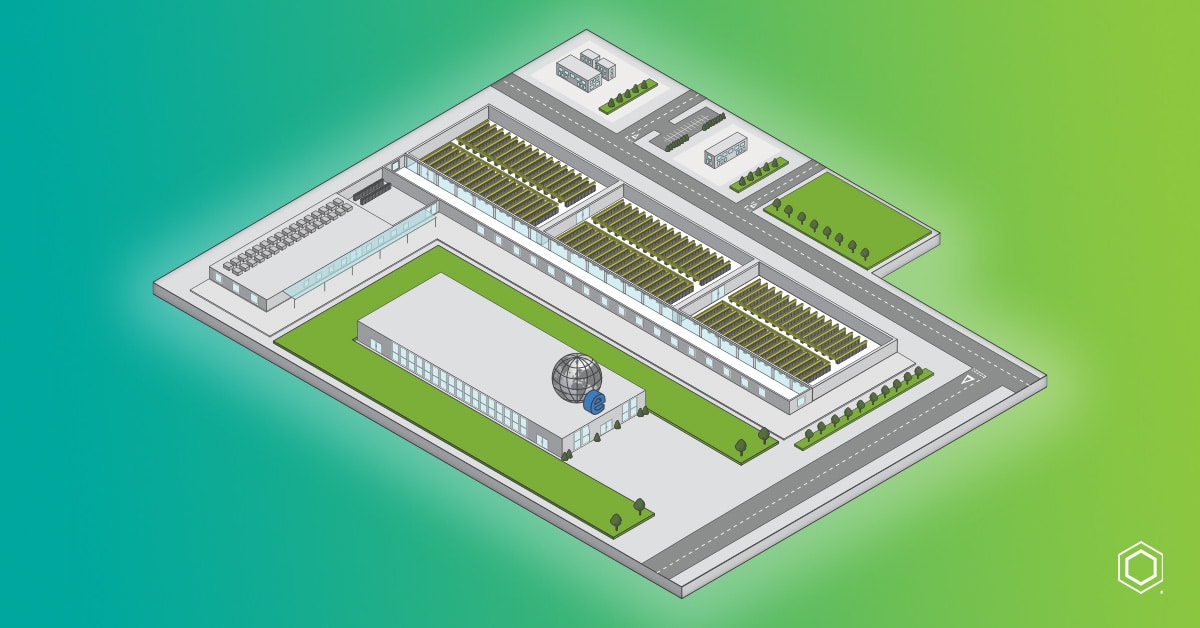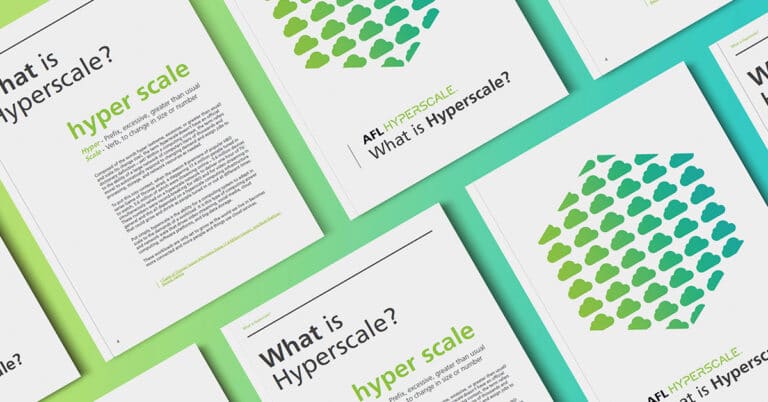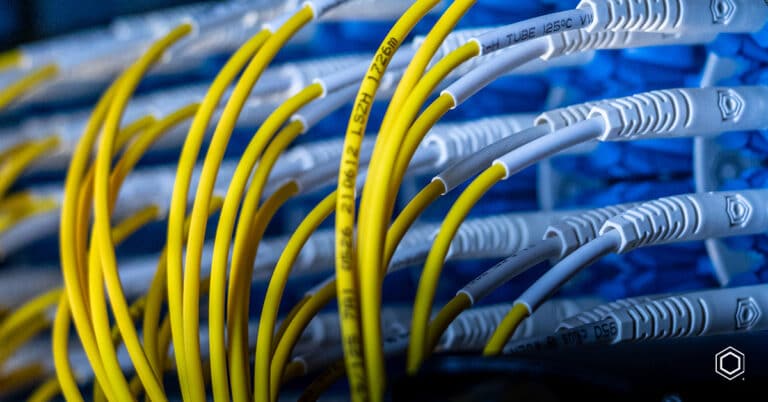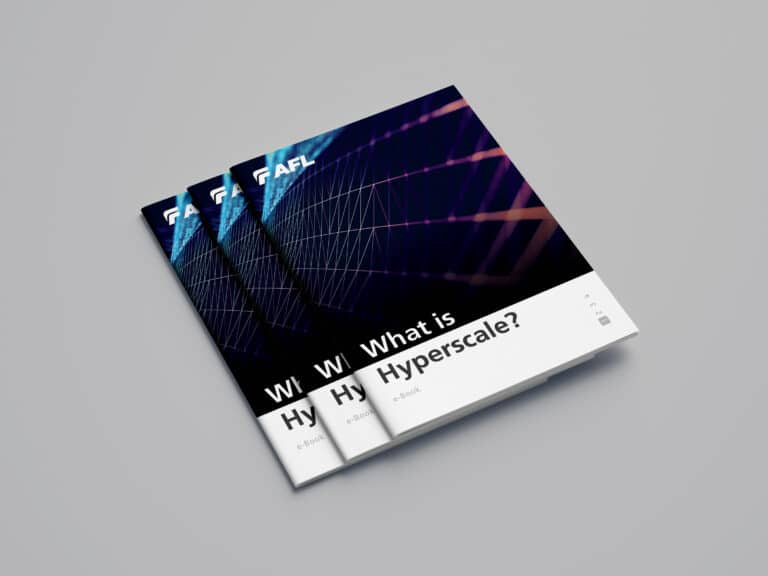What is a Data Center?
All data centers are essentially buildings that provides space, power and cooling for network infrastructure. They centralize a business’s IT operations or equipment, as well as store, share and manage data.
Businesses depend on the reliability of a data center to ensure that their daily IT operations are always functioning. As a result, security and reliability are often a data centers top priority.
In this technology explainer we look at the different classifications of a data center; Hyperscale, Colocation, Wholesale Colocation, Enterprise, and Telecom, and explore what they do and who they are for.
Hyperscale Data Center
- A Hyperscale (or Enterprise Hyperscale) data center is a facility owned and operated by the company it supports. This includes companies such as AWS, Microsoft, Google, and Apple.
- They offer robust, scalable applications and storage portfolio of services to individuals or businesses.
- Hyperscale computing is necessary for cloud and big data storage.
- Has anywhere from 500 Cabinets upwards, and at least 10,000sq ft. in size.
- Usually have a minimum of 5,000 servers linked with an ultra-high speed, high fiber count network.
- May use external companies on initial fit outs before maintaining internally.
- Noticeable difference from Enterprise to Hyperscale is the High Fiber Count utilized across the network.
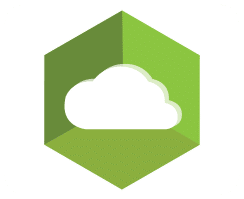
Colocation Data Center
- Colocation Data Centers consist of one data center owner selling space, power and cooling to multiple enterprise and hyperscale customers in a specific location.
- Interconnection is a large driver for businesses. Colocation data centers offer interconnection to Software as a Service (SaaS) such as Salesforce, or Platform as a service (PaaS) like Azure. This enables businesses to scale and grow their business with minimum complexity at a low cost.
- Colocation companies offer technical guidance for companies that don’t know what they require, or want the hassle to source and deliver it.
- Other Colocation facilities have a slightly different model where chosen integrators provide the technical design, guidance and specification for migrating customers.
- Depending on the size of your network requirement, you can rent 1 Cabinet to 100 Cabinets, in some cases ¼ or ½ a cabinet is available.
- A colocation data center can house 100s if not 1000s of individual customers.
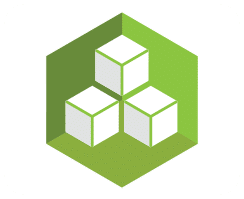
Wholesale Colocation Data Center
- Wholesale colocation data centers consist of one owner selling space, power and cooling to enterprise and hyperscale like standard colocation.
- In these instances Interconnection is not really a requirement. These facilities are used by hyperscale or large companies to hold their IT infrastructure.
- In most cases wholesale colocation provide the space, power and cooling.
- A number of wholesale colocation companies are adding standard colocation into their portfolio on the same sites where possible.
- Wholesale colocation tend to support less customers, depending on the data center size, this can be typically under 100 tenants.
- Typically the cabinet numbers range from 100 cabinets to 1000+ Cabinets.
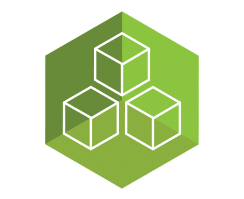
Enterprise Data Center
- An enterprise data center is a facility owned and operated by the company it supports and is often built on site but can be off site in certain cases also.
- May have certain sections of the data center caged off to separate different sections of the business.
- Commonly outsources maintenance for the M&E but runs the white space themselves via the IT team.
- May use external companies on initial fit-outs and network installation before being maintained internally.
- Has anywhere from 10 Cabinets upwards and can be as large as 40MW+.
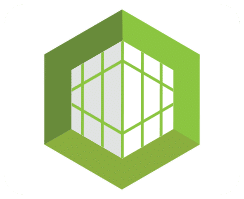
Telecom Data Center
- A telecom data center is a facility owned and operated by a Telecommunications or Service Provider company such as BT, AT&T or Verizon.
- These types of data centers require very high connectivity and are mainly responsible for driving content delivery, mobile services, and cloud services.
- Typically the telecom data center uses 2 post or 4 post racks, to house IT infrastructure, however cabinets are becoming more prevalent.
- Use their own staff to install and manage the sites, initial install and continual routine. A lot become lights out sites.
- Some Telco companies run the data center within a Data Centre, for example a Colocation data center.
- Telco Data Centres are now utilising space within their facilities to add additional services such as Colocation
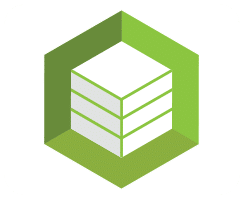
Soon there will be another classification of data center. The Edge data center. Early indications show Edge data centers will support IoT, autonomous vehicles and move content closer to users, with 5G networks supporting much higher data transport requirements. It is expected Hyperscale and Telecom companies will largely push or compete for the emerging business. It is too early to predict the detailed shape and scale of Edge computing but we do know that some form of Edge computing will evolve and that there will be lots of fiber involved.
With different data centers come very different needs and network architecture types. The varying network architectures are all united in the want for higher speed, performance, efficiency and scalability. What is certain is that our want for greater technologies, whether it be IOT, automation, or AI, alongside our consumption of social media, and streaming services, will continually put pressure on data centers to innovate and grow as we continue to move into a more connected world.



